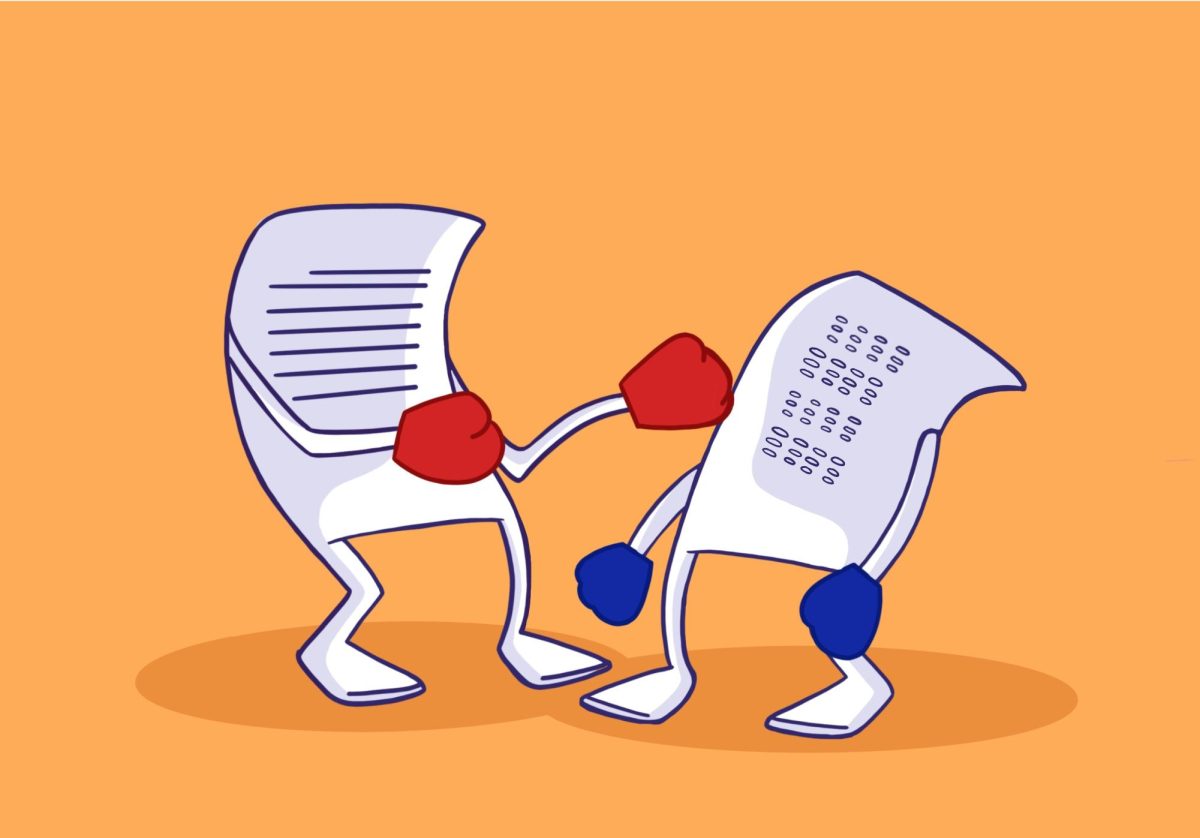State lawmakers recently beat back a huge budget deficit with a new 75 cent per pack cigarette tax hike worth about $202 million a year. Thinking ahead, here is how a new study can help state officials balance the budget next time around.
Minnesotans spend about $91 million each year to enforce state and local marijuana laws, money, Jon B. Gettman, a senior fellow at George Mason University’s School of Public Policy, finds is mostly wasted.
Gettman’s study, titled, “Crimes of Indescretion: Marijuana Arrests in the United States,” was prepared for the National Organization for the Reform of Marijuana Laws.
“Marijuana arrests,” says Gettman, “are instruments of a supply-reduction policy.” But, he adds, “The doubling of marijuana arrests in the 1990s has produced the opposite of the intended effect in every major indicator. An increase in arrests should produce a reduction in use and the availability of marijuana. However, during the 1990s both use and availability increased.”
Marijuana possession arrests in the U.S. totaled 260,000 in 1990. By 2003, that figure topped 662,000.
But even failed public policies can cost a bundle.
Who pays? Minnesotans are, in effect, paying for Washington’s marijuana prohibition policies. “The use of criminal law to control the availability and use of marijuana,” says Gettman, “is a federal policy that is dependent on local law enforcement for its implementation.” And state and local costs quickly add up.
Boston University economics professor Jeffrey A. Miron estimates that nationally, state and local officials spend about $5 billion per year enforcing marijuana laws. Minnesota’s share of this multi-billion dollar hand-out to Uncle Sam looks like this: $37 million for police services; $48 million for judicial services; and $6 million for correctional services.
What are the individual costs? The thousands of people arrested on marijuana possession charges in Minnesota each year – especially teenagers – pay extra. “Marijuana arrests,” Gettman stresses, “make criminals out of otherwise law-abiding citizens. Indeed the primary consequence of marijuana arrests is the introduction of hundreds of thousands of young people into the criminal justice system.”
Once a teenager has a criminal record, a number of other penalties often follow. In Minnesota, for example, employers can ask job applicants about arrests, even arrests not leading to a conviction, and a criminal record may bar a person from public learning.
Taking a close look at marijuana arrest patterns, Gettman notes that young people are disproportionately targeted. “The brunt of marijuana law enforcement,” he says, “falls on both adolescents and the younger adults – on teenagers.” Nationally, almost 17 percent of all people arrested for possession of marijuana were between 15 and 17 years old. Another 26 percent were 18-20 years old.
And what do Minnesotans get for these financial and personal costs? In 2002 there were 5,884 marijuana passion arrests in Minnesota but the number of users keeps going up. While 5.3 percent of Minnesota’s population was estimated to be monthly users in 1999, in 2002 the estimate stood at 6.3 percent.
Nationally, monthly users went from 4.9 percent in 1999 to 6.2 percent in 2002.
The basic problem, says Gettman, is that the “overall supply of marijuana in the U.S. is far too diversified to be controlled by law enforcement.”
If current marijuana policies are both costly and ineffective, what is the next best strategy? Because marijuana is so widely used, Gettman recommends treating marijuana like a pharmaceutical product subject to Food and Drug Administration testing and regulatory requirements.
By shifting to a policy that treats and taxes marijuana like tobacco and alcohol, Minnesotans could gain the following benefits: a decrease in illegal activity surrounding drug sales; government control of marijuana quality; better control of underage access to marijuana; and the removal of the profit motive that attracts sellers, including a substantial number of teenage sellers who, most frequently, supply other teenagers.
On top of that, Miron estimates a marijuana sales tax would replace the $91 million a year Minnesota taxpayers are now spending to enforce unenforceable laws, with a new revenue pipeline bringing in $14 million a year. And that $105 million would go a long way toward fending off future budget deficits.
Ronald Fraser writes for the DKT Liberty Project. Please send comments to [email protected].













